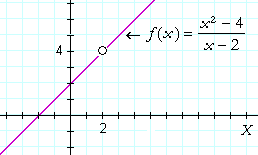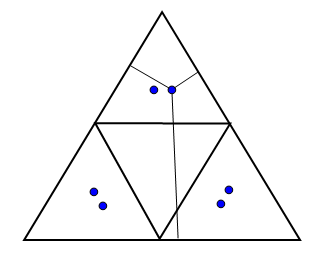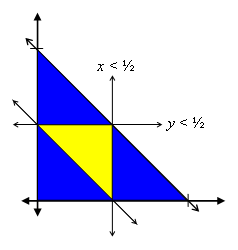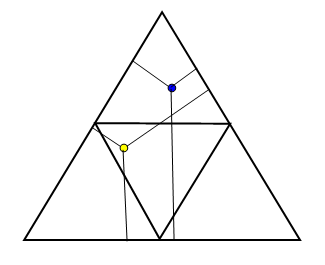Really Big Numbers
What is the biggest relevant number? This is actually a huge and complex question, attributed both to the limits of our technology and scientific understanding, as well as our imagination.
Let’s start with the estimated number of particles in the universe. The current estimate is in the range of 10^78 and 10^80. For those of you rusty on your exponential notation: these numbers can be written out as a 1 following by 78 zeros or a 1 followed by 80 zeros respectively. That’s huge, right? Well it depends on how you look at it. For counting; yes. To write out? No. I have already written more than 100 characters in this posting!
Then comes the famous googol=10^100. This number is bigger than the number of particles in the universe, so why would we need it?
Well, if you can let go of thinking of numbers as being only for counting purposes, it is easy to see why a number as large as a googol is both relevant and important. Take Cryptology. Some decades ago Number Theory was considered to be only the poetry of mathematics: beautiful, pure, and totally non-essential. Then three mathematicians (look up the RSA Encryption patent) rocked the world by patenting a public-key encryption system that is used by everyone to send information through the internet. The “public-key” part is what is so amazing. Unlike the secret codes of World War II and earlier years that could be cracked by seeing the codes encoding formula, a public-key cryptosystem make the code formula public! This is so that anyone can send there credit card information to Amazon without being worried about someone intercepting it and decoding it. How is this possible?
Well every coding system has to be a one-to-one function: that is, each input goes to one output (coding), and each output goes to one input (decoding). The genius of RSA is that the function that encodes uses a modular function that has an inverse that can only be found by factoring extremely large numbers. These large numbers must be carefully chosen to be the product of two also extremely large and “unobvious” prime numbers. It is a curious fact that while it is not very hard to find large prime numbers with computers, it is exceedingly difficult to factor large numbers that have large (like a googol) prime factors. Even as computers get faster, the prime generators are always ahead of the factoring algorithms, and encryption is “safe.” Safe, that is, until one of two things:
1) It has not been proven that there is no “fast” factoring algorithm (for the computer science literate “fast”=able to be completed in Polynomial-time). Watch the movie sneakers to see a fictional account of what could be the result if this happened now.
2) Quantum computing becomes standard. With quantum computing factoring large numbers could be very fast and encryption would no longer be safe. But quantum encryption could then be born, which would be safe but also unreadable by non-quantum computers… L
So there you go! If you are interested in even larger “relevant” numbers that lack the “important” adjective, look up Graham’s number.
http://en.wikipedia.org/wiki/Graham
Also a Googolplex=10^10^100
If you are interested in creative new ways of writing numbers that are big in a way that is incomprehensible to most people, look up Conway’s Arrow notation
http://en.wikipedia.org/wiki
/Conway_chained_arrow_notation










